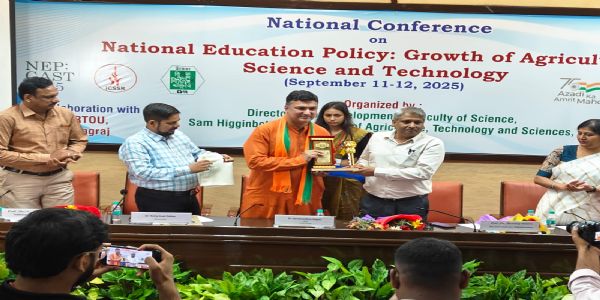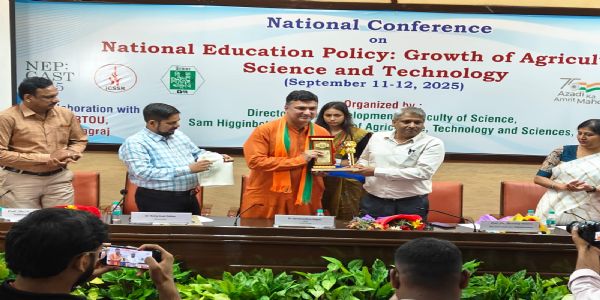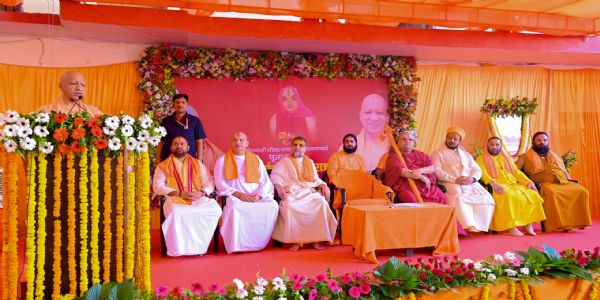
Guwahati, February 17 (HS): The Government of India launched Mission Amrit Sarovar on April 24, 2022, as a part of ‘Azadi ka Amrit Mahotsav’ in the 75th year of Independence, across the country. Under this Mission, the target was set for developing and rejuvenating 75 water bodies in each district across the country with an aim for water conservation.
Taking forward this noble cause for a sustainable ecosystem, the Government of Assam recently notified the assignment of responsibilities for managing and maintenance of the sarovars constructed under Mission Amrit Sarovar (Assam Model) under the Panchayat and Rural Development Department.
It is noteworthy to mention here that under the Assam Model, Amrit sarovars that are constructed in the land of educational institutions such as government schools, etc., in religious institutions like namghars, and Government-registered Co-operative societies or Tea Garden areas have been entrusted with the onus of maintaining the sarovars within their respective areas. Similarly, the Amrit sarovars that fall within the jurisdiction of the Forest Department will automatically assume the ownership for the same and the management rights will be given to dwellers of the forest villages wherever the notified forest villages exist.
In addition to the categories mentioned above, Amrit sarovars on government lands other than institutional lands, including Professional Grazing Reserved Land (PGRs) and Village Grazing Reserved Land (VRGs), will be under the ownership of the Gaon Panchayats/ equivalent local-level bodies of the Autonomous councils in the Sixth Scheduled Areas. These notified bodies will hand over the sarovars to the Cluster Level Federation (CLF) of Self-Help Groups (SHGs) under the Assam State Rural Livelihood Mission (ASRLM).
Another important aspect of the Assam Model of Amrit sarovars - the CLFs will also take up fish farming activities in the sarovars under their respective areas and share 1/4th of their net annual profit with the respective Local Level bodies, which will be considered as Own Source of Revenue (OSR) by the Gaon Panchayat or the equivalent local-level bodies of the Autonomous Councils in the Sixth Scheduled Areas.
Hindusthan Samachar/ Sriprakash/Indrani








